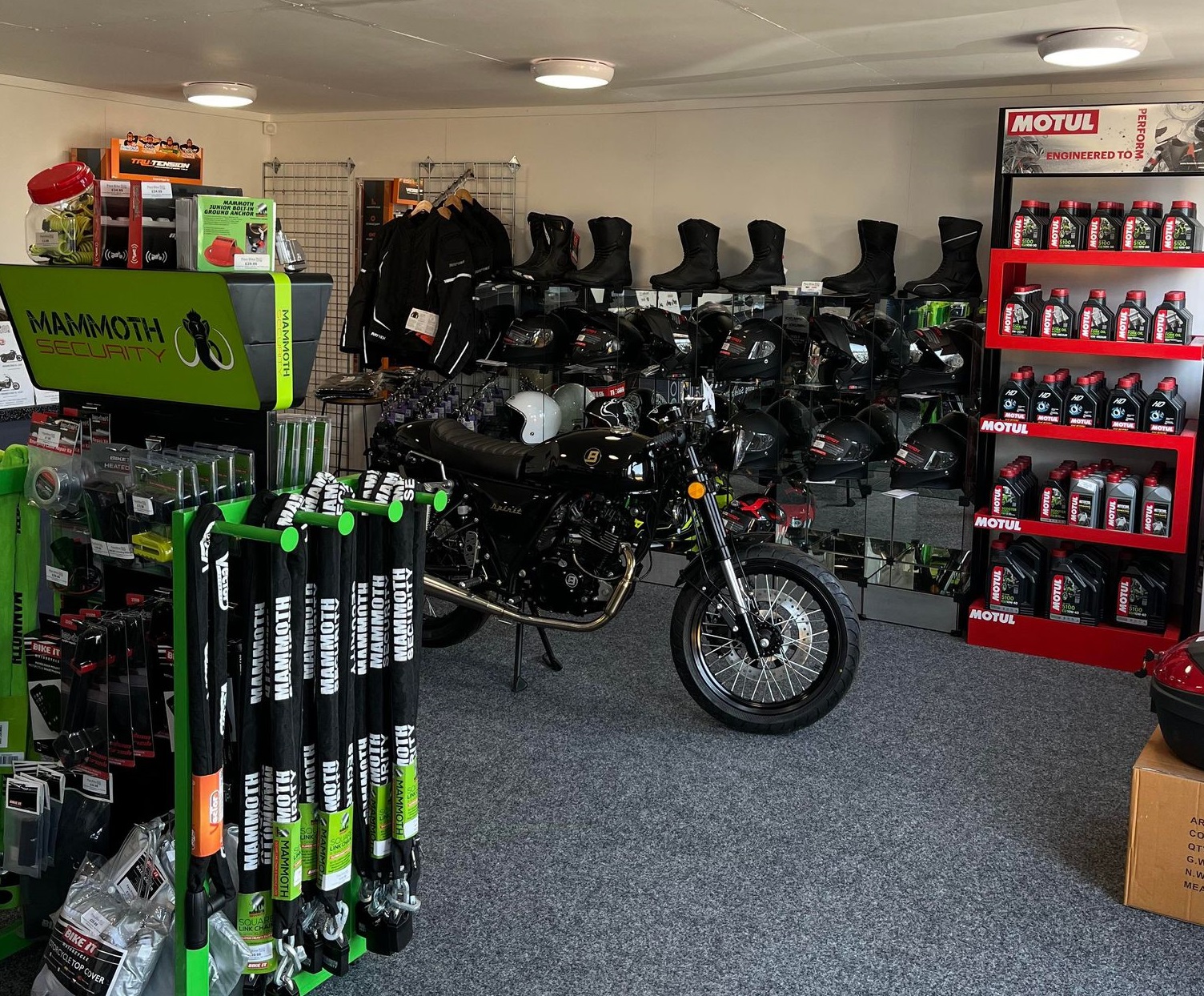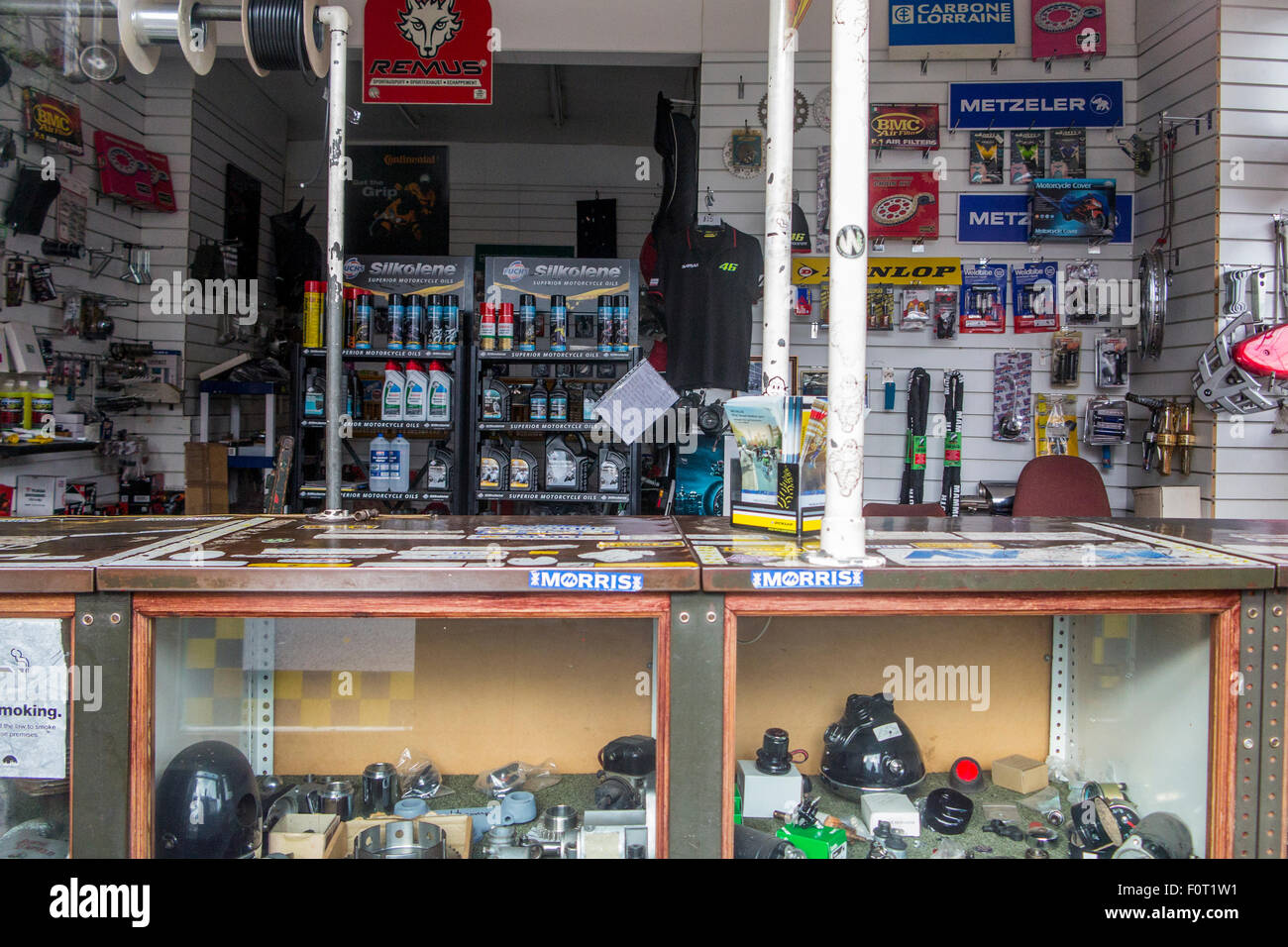Browse Through Our Motorcycle Shop for Expert Recommendations and Quality Products
Browse Through Our Motorcycle Shop for Expert Recommendations and Quality Products
Blog Article
Grasping Bike Gears: Just How to Maximize Your Riding Experience
In the world of motorcycling, mastering the art of equipment adjustment is essential for improving your riding performance. Correctly making use of and comprehending bike equipments can considerably impact acceleration, control, and fuel performance, transforming an average ride right into a seamless, exhilarating journey. By including exact shift timing and adjusting gear option to various road conditions, motorcyclists can make certain ideal engine performance and safety and security. The nuances of clutch control, throttle coordination, and gear mechanics bid a much deeper exploration, guaranteeing to open the full potential of your machine. Exactly how can these techniques be harnessed to really enhance your riding experience?
Recognizing Equipment Mechanics
How do the intricacies of equipment mechanics influence motorbike efficiency? At the core of bike characteristics, equipment mechanics play a pivotal function in converting engine power into activity, inevitably dictating speed and control. Gears, meticulously crafted parts, enable cyclists to maximize torque and rate, making sure a seamless shift through various surfaces and rates. The gear proportions, very carefully designed, determine the partnership in between engine transformations and wheel turns, influencing acceleration and gas efficiency.
Understanding equipment mechanics begins with acknowledging the relevance of the gearbox, which houses numerous equipments of varying dimensions. These equipments communicate via a procedure recognized as meshing, where teeth of different equipments engage to transmit power.
Furthermore, the concept of gear changing is indispensable to optimizing efficiency. Timely and smooth changes guarantee that the engine operates within its ideal power band, avoiding unneeded strain and improving longevity (motocross gear). By comprehending these mechanical intricacies, cyclists can accomplish an unified blend of control, efficiency, and power, raising their riding experience
Timing Your Shifts
Shift timing mastery is essential for optimizing motorcycle performance and boosting the riding experience. Effectively timed changes make sure that the engine operates within its ideal power band, which is important for maintaining control, achieving smooth acceleration, and ensuring the durability of the motorcycle. Bikers should develop an intuitive sense of when to shift equipments, which includes recognizing the relationship between engine revolutions per min (RPM) and speed.
To grasp shift timing, pay attention to the engine's audio and feel, as these supply vital clues regarding when to alter equipments. The perfect shift factor normally happens when the engine approaches the top series of its power band without getting to the redline. Changing prematurely can lead to an absence of power, while changing also late might cause unneeded engine strain
In addition, road conditions and riding design impact change timing. In contrast, during highway riding, fewer shifts at higher rates can be a lot more ideal.
Enhancing Gas Efficiency
While mastering bike gears is important for efficiency, boosting fuel effectiveness is just as vital for both environmental and financial factors. Optimal fuel intake not just decreases functional expenses but also lessens the eco-friendly impact of riding. To accomplish this, one have to understand the elaborate partnership in between equipment choice and engine performance.
To start with, selecting the right gear at appropriate rates can dramatically impact gas consumption. Riding in a higher gear at lower speeds can result in engine hauling, which is destructive to both gas economy and engine wellness. Conversely, riding in lower equipments at high rates causes unnecessary gas intake. Thus, preserving an optimum equilibrium by changing gears in positioning with road problems and expected maneuvers is crucial.
In addition, regular maintenance plays an essential function in fuel performance. Guaranteeing that the bike is well-tuned, with clean air filters and properly pumped up tires, can minimize and boost the rules of aerodynamics fuel waste. Adopting a riding style that welcomes progressive velocity and smooth slowdown can contribute to far better fuel economy.

Strategies for Smooth Transitions
Achieving smooth gear shifts is basic to improving the riding experience and guaranteeing the long life of a bike's transmission system. Proper gear changing not just adds to a smooth trip but likewise minimizes deterioration on the mechanical parts. To understand the art of smooth changes, motorcyclists must focus on a few vital methods.

Second of all, clutch control plays a crucial function. Involving and disengaging the clutch efficiently needs method. The clutch bar ought to be launched gradually, permitting for a smooth transfer of power from the engine to the wheels without creating a jolt or sudden motion.

Adjusting to Road Problems
Browsing varied roadway problems is a critical ability for any kind of motorcyclist aiming to keep control and security. Whether you're riding on damp surface areas, gravel roads, or navigating doglegs, your capability to adjust your equipment use and riding technique is extremely important. Recognizing just how to readjust your equipments properly can dramatically affect grip and security, guaranteeing a much safer trip.
On damp roads, it is recommended to preserve greater equipments to minimize torque and decrease wheel spin. This approach assists keep hold on slippery surface areas, permitting smoother acceleration and slowdown. In contrast, when riding on crushed rock or uneven terrain, reduced equipments are preferable. Reduced equipments give much better control and permit you to react even more promptly to unforeseen modifications in the roadway surface area.
Sharp curves demand accurate equipment go to this web-site management to balance rate and control. Downshifting prior to getting in a contour can assist maintain energy while ensuring the bike remains stable throughout the turn. Constant technique in diverse problems boosts your capability to respond and predict to modifications in road appearance and incline.
Verdict
Understanding bike gears significantly enhances the riding experience by improving control, velocity, and gas effectiveness. Adapting equipment selection to numerous road problems, such as utilizing higher gears on wet surfaces and reduced equipments on gravel, further boosts handling and safety.
Comprehending gear technicians starts with recognizing the value of the transmission, which houses several gears of varying sizes. These equipments connect with a procedure recognized as meshing, where teeth of various gears involve to send power (mx gear nz). Mild changes to the throttle throughout gear shifts can stop jerky movements and maintain a consistent riding rate
Whether you're riding on find out here now damp surface areas, gravel roadways, or browsing sharp turns, your ability to adjust your gear use and riding strategy is extremely important. Adapting equipment selection to various road problems, such as utilizing greater equipments on damp surfaces and reduced equipments on gravel, additional boosts handling and security.
Report this page